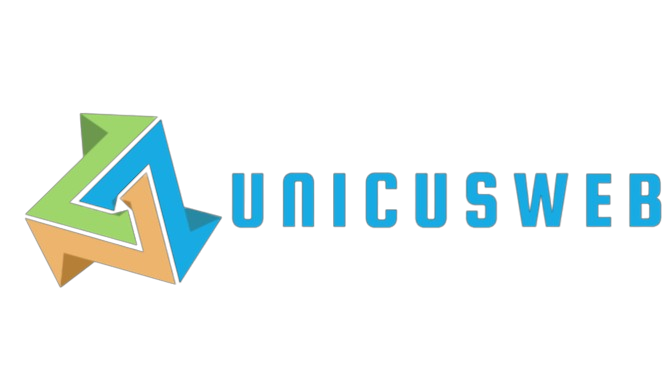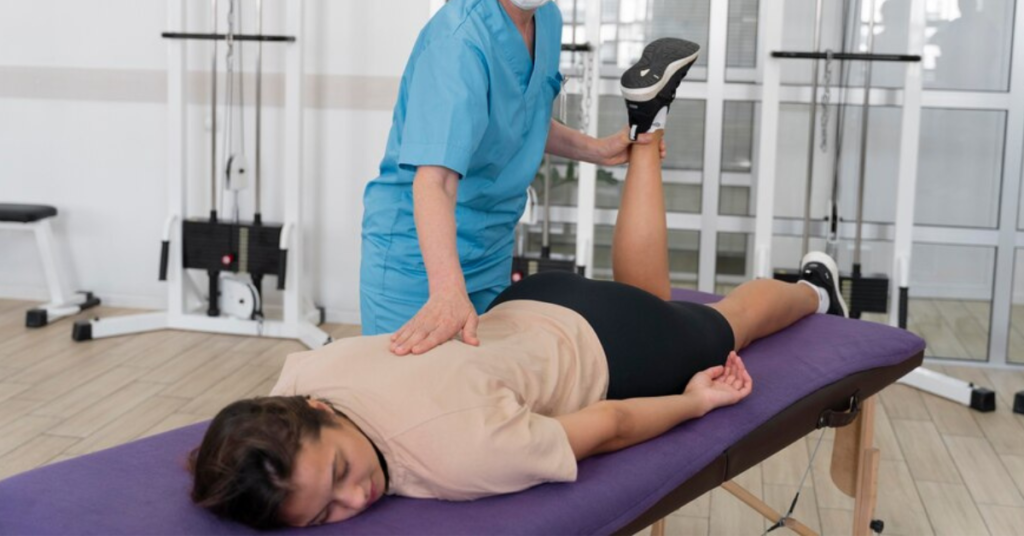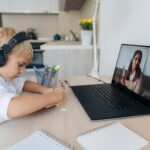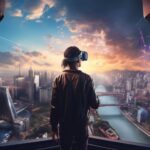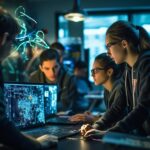Neuromuscular reeducation (NMR) is a specialized form of physical therapy that aims to restore normal movement patterns and muscle function by retraining the nervous system to control muscles effectively. It is a pivotal intervention for individuals with neurological disorders, stroke, spinal cord injuries, and various orthopedic injuries. This therapeutic approach harnesses the plasticity of the nervous system, facilitating the reestablishment of motor skills and functional abilities.
The Science Behind Neuromuscular Reeducation
Understanding the Nervous System and Muscle Interaction
The nervous system and muscles work in concert to produce coordinated movement. The central nervous system (CNS), comprising the brain and spinal cord, sends signals through motor neurons to muscle fibers, initiating contraction and movement. This complex communication system can be disrupted by injury or disease, leading to impaired movement and muscle function.
Principles of Neuroplasticity
Neuroplasticity is the brain’s remarkable ability to reorganize itself by forming new neural connections throughout life. NMR leverages this capacity for adaptation, promoting the recovery of motor function by encouraging the nervous system to develop new pathways for controlling muscles.
Indications for Neuromuscular Reeducation
Neurological Disorders
NMR is widely used to manage conditions such as multiple sclerosis (MS), Parkinson’s disease, and cerebral palsy. These disorders often result in muscle weakness, spasticity, and impaired coordination, which can be ameliorated through targeted neuromuscular training.
Stroke Rehabilitation
Stroke survivors frequently experience hemiparesis, a condition characterized by weakness on one side of the body. NMR helps restore strength, balance, and functional movement in affected limbs by retraining neural pathways damaged by the stroke.
Spinal Cord Injuries
Injuries to the spinal cord can result in partial or complete loss of motor function below the level of injury. NMR focuses on enhancing remaining neural connections and promoting compensatory strategies to improve mobility and independence.
Orthopedic Injuries
Post-surgical recovery and rehabilitation of musculoskeletal injuries, such as ligament tears, fractures, and joint replacements, benefit significantly from NMR. It helps in restoring proprioception, strength, and coordination necessary for daily activities and athletic performance.
Techniques and Methods in Neuromuscular Reeducation
Proprioceptive Neuromuscular Facilitation (PNF)
PNF involves specific movement patterns and stretching techniques designed to enhance neuromuscular control and proprioception. This method incorporates diagonal and spiral movements to stimulate neural pathways and improve muscle coordination.
Motor Imagery and Mental Practice
Motor imagery involves mentally rehearsing movements without physical execution. This technique activates similar neural circuits as actual movement, enhancing motor learning and coordination. Mental practice is especially useful for individuals with severe physical limitations.
Functional Electrical Stimulation (FES)
FES uses electrical currents to stimulate muscle contractions, assisting in movements that patients cannot perform voluntarily. FES is effective in strengthening muscles, reducing spasticity, and improving motor control, especially in stroke and spinal cord injury patients.
Biofeedback
Biofeedback involves using electronic monitoring devices to provide real-time information about muscle activity. This feedback helps patients develop awareness and control over muscle functions, facilitating the relearning of normal movement patterns.
Task-Specific Training
Task-specific training emphasizes practicing functional tasks and movements relevant to daily activities. This approach promotes motor learning by engaging the nervous system in meaningful, goal-directed activities.
The Rehabilitation Process
Initial Assessment and Goal Setting
The rehabilitation process begins with a comprehensive assessment of the patient’s functional abilities, limitations, and goals. This evaluation includes examining muscle strength, range of motion, coordination, balance, and neurological function. Based on the assessment, personalized treatment plans and realistic goals are established.
Treatment Phases
Acute Phase
In the acute phase, the focus is on reducing pain, inflammation, and preventing secondary complications. Gentle range-of-motion exercises, positioning, and early mobilization techniques are employed to maintain joint flexibility and muscle strength.
Subacute Phase
As the patient progresses to the subacute phase, more intensive neuromuscular reeducation techniques are introduced. This phase involves strengthening exercises, proprioceptive training, and functional tasks to enhance motor control and independence.
Chronic Phase
In the chronic phase, the emphasis shifts to refining motor skills, increasing endurance, and optimizing functional performance. Patients engage in advanced task-specific training, community reentry activities, and maintenance exercises to sustain gains achieved during rehabilitation.
Patient and Family Education
Educating patients and their families about the rehabilitation process, expected outcomes, and home exercise programs is crucial for long-term success. Empowering patients with knowledge and skills to manage their condition and prevent recurrence is a key component of NMR.
Case Studies and Evidence-Based Outcomes
Case Study 1: Stroke Rehabilitation
A 65-year-old male patient presented with left-sided hemiparesis following a stroke. After six months of NMR, including PNF, task-specific training, and FES, the patient demonstrated significant improvements in upper limb strength, coordination, and functional independence. He was able to perform activities of daily living (ADLs) with minimal assistance and resumed light recreational activities.
Case Study 2: Spinal Cord Injury
A 30-year-old female patient with a T10 spinal cord injury underwent NMR involving biofeedback, motor imagery, and task-specific training. Over a year of rehabilitation, she regained partial motor function in her lower limbs, allowing her to use assistive devices for mobility. Her improved balance and coordination enabled her to participate in adaptive sports.
Evidence-Based Research
Research studies have demonstrated the effectiveness of NMR in various populations. A meta-analysis of NMR interventions for stroke patients reported significant improvements in motor function, balance, and ADLs. Another study on patients with Parkinson’s disease found that NMR techniques, such as PNF and biofeedback, led to enhanced gait stability and reduced fall risk.
Challenges and Future Directions
Challenges in Neuromuscular Reeducation
Patient Compliance and Motivation
Ensuring patient compliance and motivation can be challenging, particularly during long-term rehabilitation. Personalized interventions, goal setting, and continuous support are essential to maintain engagement and adherence.
Resource Limitations
Access to specialized equipment and trained therapists may be limited in certain settings, affecting the quality and availability of NMR services. Addressing these resource limitations through tele-rehabilitation and community-based programs is crucial.
Advances in Technology and Research
Virtual Reality (VR) and Augmented Reality (AR)
VR and AR technologies offer immersive environments for practicing motor skills and functional tasks. These tools provide real-time feedback and motivation, enhancing the effectiveness of NMR.
Robotics and Assistive Devices
Robotic exoskeletons and assistive devices enable intensive, repetitive training for individuals with severe motor impairments. These technologies support the recovery of movement patterns and improve functional outcomes.
Neuroimaging and Brain Stimulation
Advances in neuroimaging techniques, such as functional MRI and transcranial magnetic stimulation, provide insights into neural plasticity and motor learning. These tools facilitate the development of targeted NMR interventions.
Conclusion
Neuromuscular reeducation is a vital component of physical therapy that focuses on retraining the nervous system to control muscles effectively. By leveraging principles of neuroplasticity and employing various techniques, NMR helps individuals with neurological disorders, stroke, spinal cord injuries, and orthopedic injuries regain functional independence and improve quality of life. Despite challenges, ongoing advancements in technology and research hold promise for enhancing the effectiveness and accessibility of NMR, paving the way for innovative rehabilitation solutions in the future.
